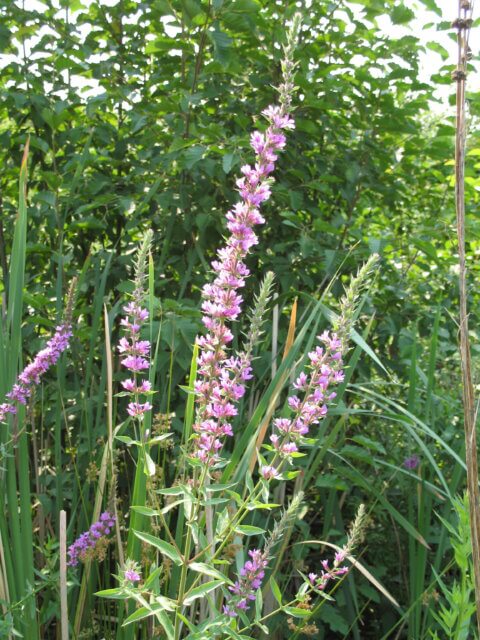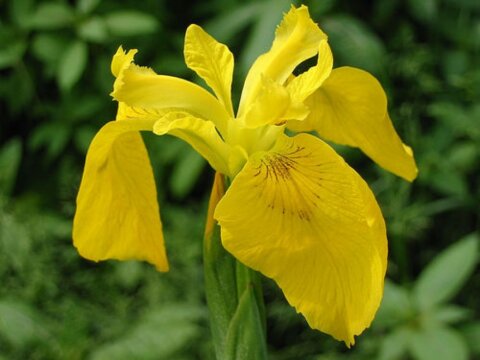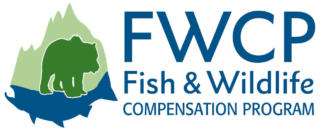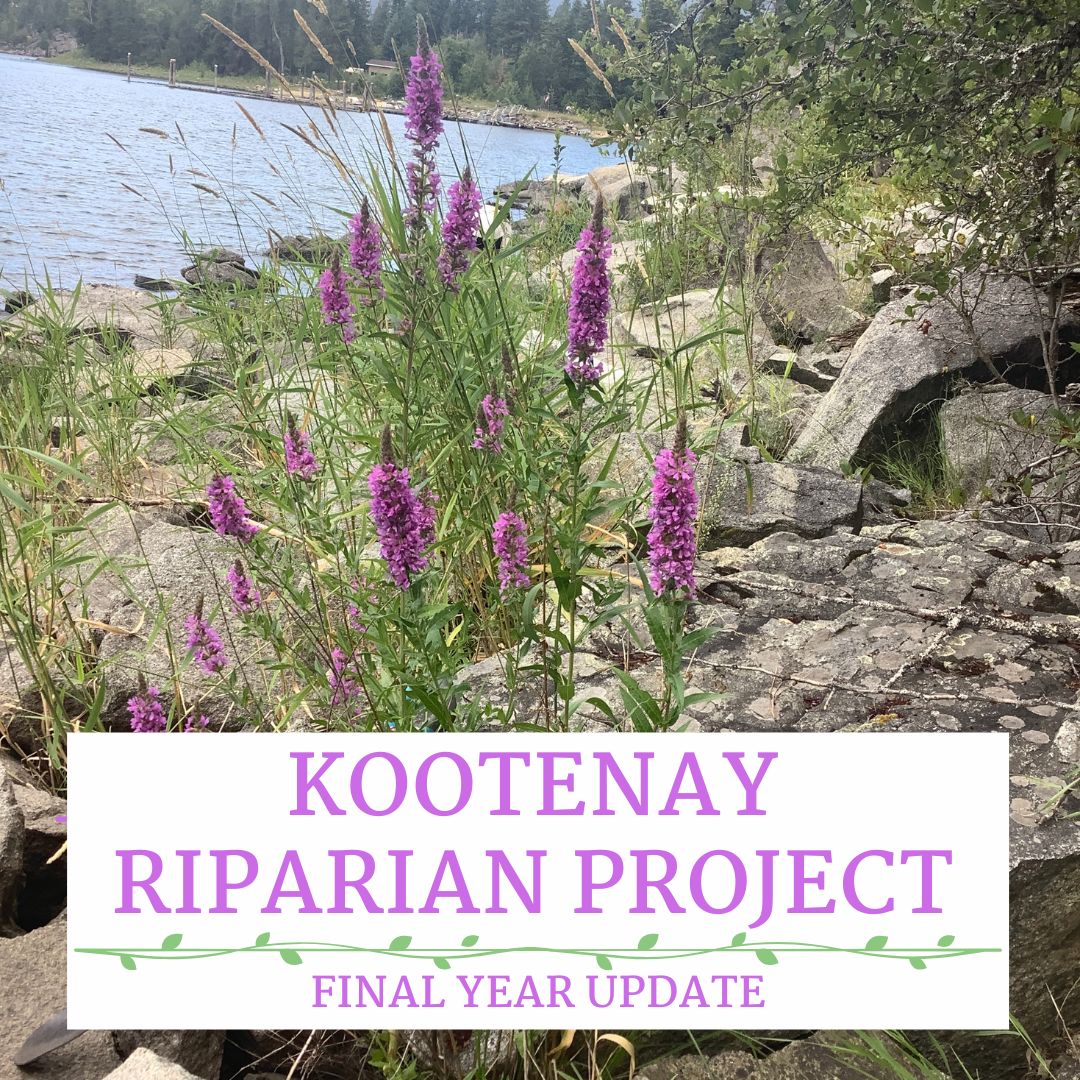In 2024, the Central Kootenay Invasive Species Society (CKISS) and the Okanagan Nation Alliance completed the final year of an important project targeting invasive plants in the Kootenay region. Our team surveyed 62 sites for the presence of two high-priority invasive species—yellow flag iris (Iris pseudacorus) and purple loosestrife (Lythrum salicaria). Out of these, yellow flag iris was detected at 34 sites, while purple loosestrife was found at 24, with some sites hosting both species.
Throughout the project, 92,078 square meters of land were surveyed, and no invasive plants were detected on 22,862 square meters of previously treated areas. This is a testament to the effectiveness of past mechanical treatments. In 2023, treatment work was carried out at 19 sites, focusing on manual digging for yellow flag iris, covering 668 square meters, and a combination of manual digging, hand pulling, and deadheading for purple loosestrife on 102 square meters.
CKISS, in collaboration with an ecological restoration consultant, also restored six sites by planting native species in place of the removed invasives. One year after planting, we achieved a 78% survival rate of native shrubs, successfully restoring approximately 36 square meters of habitat.
Additionally, CKISS conducted biological control agent surveys at 15 sites, detecting agents at three of them. One site is now being considered as a future collection point for biological control agents to support dispersal efforts. Unfortunately, the use of biological control as a primary treatment method for purple loosestrife was not incorporated into this project because a policy for biocontrol collection and dispersal has yet to be finalized.
Why Purple Loosestrife and Yellow Flag Iris Are Harmful
Purple Loosestrife (Lythrum salicaria)
A tall perennial plant, purple loosestrife thrives along stream banks, rivers, and shallow ponds. It produces 5-7 petal purple flowers arranged in vertical spikes atop its square, woody stems that can reach up to 2 meters in height.
Environmental Impacts: Purple loosestrife can significantly alter aquatic ecosystems by forming dense stands that reduce water flow in ditches and canals. It offers little nutritional value to wildlife and crowds out native plant species that are crucial for food and shelter. A single plant can produce up to 2.5 million seeds, spreading rapidly and threatening biodiversity.
Management: Preventing the spread of this invasive species is crucial. Avoid planting purple loosestrife in your garden and ensure that all plant parts and seeds are removed from clothing and equipment before leaving an infested area. Smaller infestations can be removed manually through digging or hand pulling. Bag and tarp the plant parts for safe transport to a disposal site. If that’s not possible, pile and burn the plants away from water sources.

Yellow Flag Iris (Iris pseudacorus)
Native to Europe, Western Asia, North Africa, and the Mediterranean, yellow flag iris forms dense stands in wetlands, displacing native plants and reducing wildlife habitat. When in bloom, it is recognizable by its large, yellow flowers and tall, sword-like leaves. Its seed pods resemble green jalapeño peppers, and the plant can grow over 6 feet tall.
Environmental Impacts: Yellow flag iris outcompetes native wetland vegetation, reducing biodiversity and available resources for wildlife. It spreads through seeds and rhizome fragments, allowing it to rapidly colonize new areas downstream.
Management: Removal of yellow flag iris must be done carefully. Ensure all parts of the plant are removed, double-bagged in clear plastic, and taken to a designated transfer station to prevent further spread.

Reporting Invasive Plants
Spotted purple loosestrife or yellow flag iris in the West Kootenay region? Report it here.
Project Funders and Acknowledgements
The Kootenay Riparian Invasive Plant Control was managed and delivered with financial support from the Fish and Wildlife Compensation Program. www.fwcp.ca. Additional support for the project was generously provided by Columbia Power & FortisBC.Together, we are making a difference in protecting the unique ecosystems of the Kootenays from the threat of invasive species!








